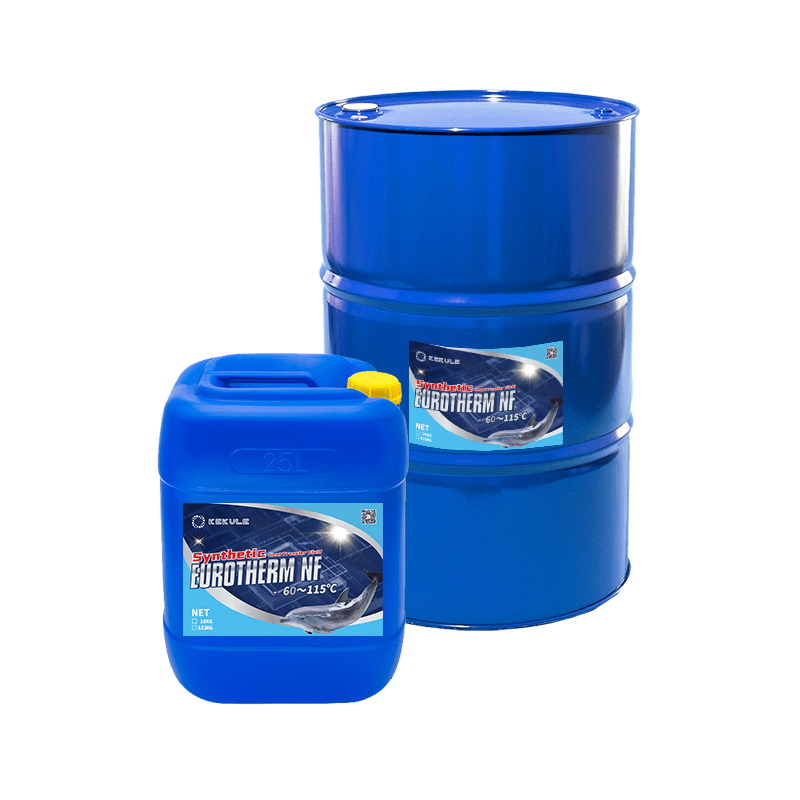Chemie Fundamentals Explained
Chemie Fundamentals Explained
Blog Article
Chemie Things To Know Before You Buy
Table of ContentsAll About ChemieThe Only Guide to ChemieNot known Details About Chemie Indicators on Chemie You Should KnowChemie Things To Know Before You Get ThisChemie - The Facts
By Bojanna Shantheyanda, Sreya Dutta, Kevin Coscia and David SchiemerDynalene, Inc. Fluid cooling, which can be accomplished utilizing indirect or direct methods, is utilized in electronics applications having thermal power densities that may surpass risk-free dissipation through air cooling. Indirect liquid air conditioning is where warmth dissipating digital elements are physically separated from the fluid coolant, whereas in instance of straight cooling, the elements are in straight call with the coolant.In indirect air conditioning applications the electric conductivity can be essential if there are leakages and/or spillage of the fluids onto the electronics. In the indirect air conditioning applications where water based liquids with corrosion inhibitors are normally used, the electrical conductivity of the fluid coolant primarily relies on the ion focus in the fluid stream.
The boost in the ion focus in a shut loophole fluid stream might occur due to ion seeping from metals and nonmetal parts that the coolant liquid touches with. During operation, the electrical conductivity of the fluid might enhance to a degree which could be damaging for the cooling system.
A Biased View of Chemie
(https://truthful-shrimp-nd4j6l.mystrikingly.com/blog/dielectric-coolant-and-heat-transfer-solutions-by-chemie)They are grain like polymers that are capable of exchanging ions with ions in an option that it is in call with. In the present work, ion leaching examinations were executed with various steels and polymers in both ultrapure deionized (DI) water, i.e. water which is treated to the greatest degrees of pureness, and low electric conductive ethylene glycol/water mixture, with the measured change in conductivity reported over time.
The samples were enabled to equilibrate at room temperature for two days prior to videotaping the preliminary electric conductivity. In all tests reported in this research study liquid electric conductivity was measured to a precision of 1% using an Oakton disadvantage 510/CON 6 series meter which was adjusted before each measurement.
Getting The Chemie To Work
from the wall surface home heating coils to the facility of the heating system. The PTFE example containers were put in the heating system when consistent state temperatures were gotten to. The examination configuration was removed from the heating system every 168 hours (7 days), cooled down to area temperature level with the electrical conductivity of the liquid gauged.
The electric conductivity of the liquid sample was checked for a total of 5000 hours (208 days). Schematic of the indirect closed loophole cooling experiment set up. Components utilized in the indirect closed loop cooling down experiment that are in call with the fluid coolant.

Some Known Factual Statements About Chemie
The adjustment in liquid electrical conductivity was kept an eye on for 136 hours. The liquid from the system was accumulated and stored.

0.1 g of Dowex resin was contributed to 100g of fluid samples that was taken in a different container. The mix was mixed and change in the electrical conductivity at area temperature was measured every hour. The determined modification in the electrical conductivity of the UP-H2O and EG-LC examination liquids consisting of polymer or metal when involved for 5,000 hours at 80C is revealed Figure 3.
10 Easy Facts About Chemie Shown
Figure 3. Ion leaching experiment: Measured modification in electrical conductivity of water and EG-LC coolants having either polymer or steel samples when immersed for 5,000 hours at 80C. The outcomes suggest that steels contributed fewer ions right into the liquids than plastics in both UP-H2O and EG-LC based coolants. This might be because of a slim steel oxide layer which may function as an obstacle to ion leaching and cationic diffusion.
Liquids including polypropylene and HDPE exhibited the most affordable electrical conductivity adjustments. This can be as a result of the short, inflexible, direct chains which are much less likely to contribute ions than longer branched chains with weak intermolecular forces. Silicone likewise did well in both examination liquids, as polysiloxanes are normally chemically inert because of the high bond power of the silicon-oxygen bond which would avoid destruction of the material into the liquid.
The 10-Minute Rule for Chemie
It would certainly be expected that PVC would create comparable outcomes to those of PTFE and HDPE based upon the similar chemical frameworks of the products, nonetheless there may be various other impurities existing in the PVC, such as plasticizers, that might influence the electric conductivity of the fluid - dielectric coolant. In addition, chloride groups in PVC can likewise leach right into the examination liquid and can trigger a boost in electric conductivity
Buna-N rubber and polyurethane showed signs of deterioration and thermal decomposition which suggests that their possible energy as a gasket or glue material at greater temperatures can cause application problems. Polyurethane totally degenerated right into the test liquid by the end of 5000 hour examination. Number 4. Before and after pictures of metal and polymer examples immersed for 5,000 hours at 80C in the ion leaching experiment.
Calculated adjustment in the electrical conductivity of UP-H2O coolant as a feature of time with and without material cartridge in the shut indirect air conditioning loop experiment. The gauged adjustment he said in electric conductivity of the UP-H2O for 136 hours with and without ion exchange material in the loophole is revealed in Figure 5.
Report this page